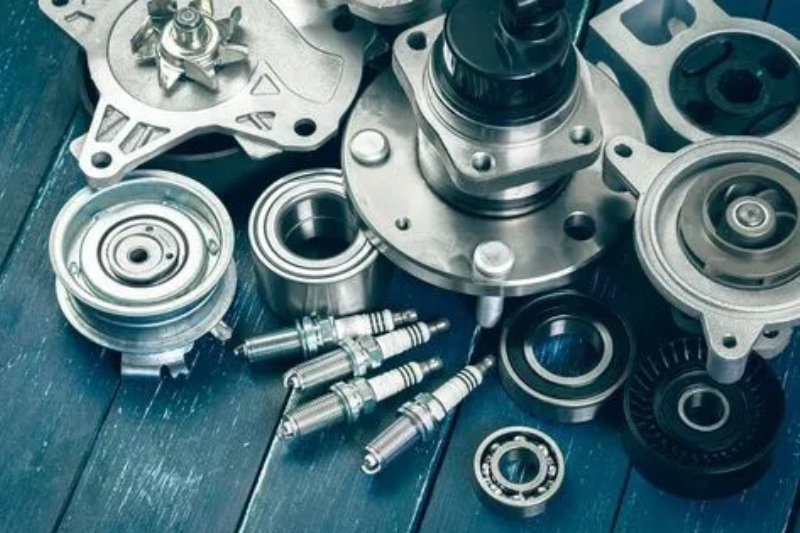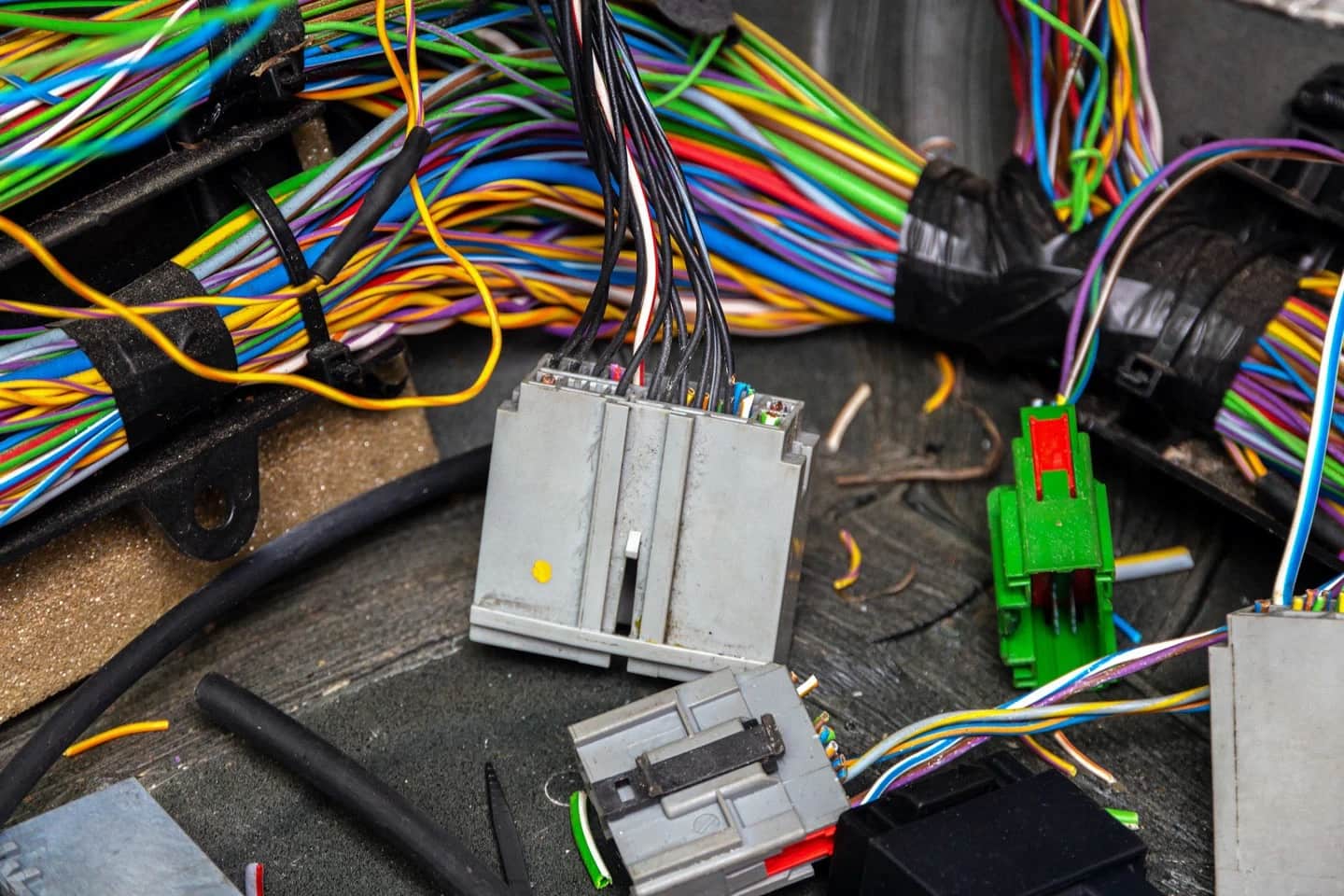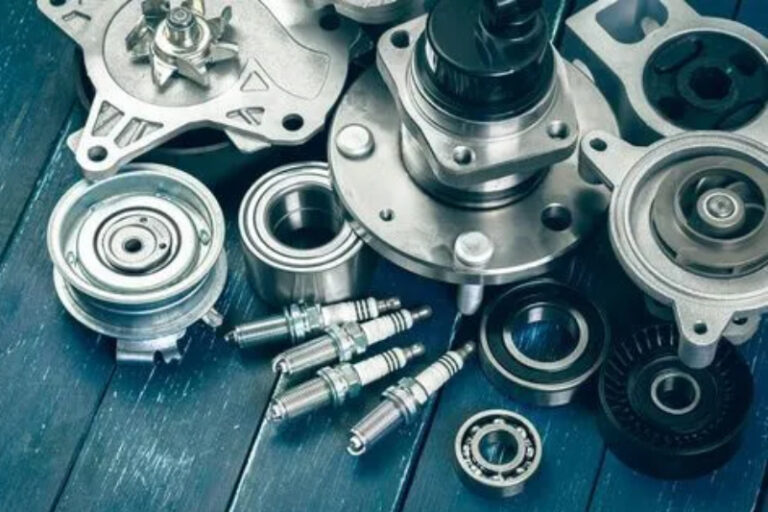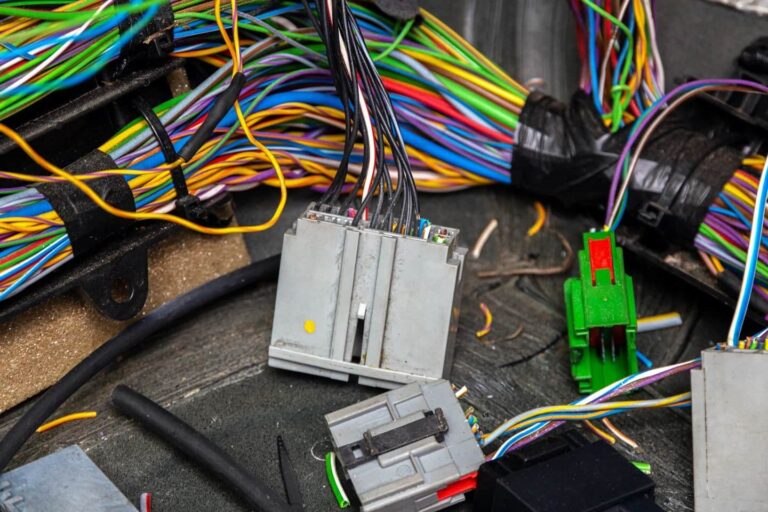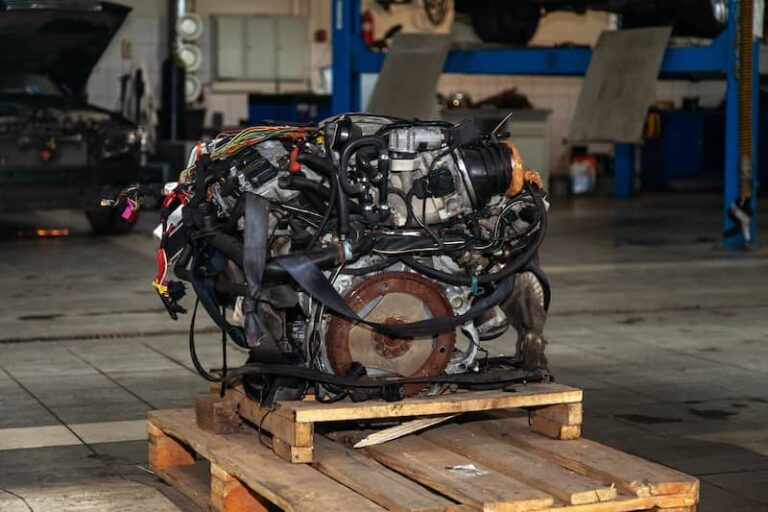Sustainability is now at the heart of global conversations like never before. Influential environmentalists such as Greta Thunberg and Sir David Attenborough have pushed climate change and environmental preservation to the forefront of public awareness. The message is clear: everyone must do their part to make society more sustainable and reduce our impact on the planet.
One of the industries where sustainability can make a massive difference is the automotive sector. Every year, millions of vehicles reach the end of their lifespan, and properly recycling their components prevents waste, conserves resources, and reduces pollution. Thanks to new recycling technologies and strict environmental regulations, the recycling rate for scrapped cars has reached 95%, exceeding the legal requirement even before it was enforced.
In fact, auto recyclers across the UK have already diverted over 4.7 million tonnes of car parts and materials from landfills and issued over 5 million Certificates of Destruction, showing how effective the recycling system has become.
Did You Know?
- Over 8 million vehicles are scrapped each year across the UK.
- The average age of a car when it’s scrapped is about 15 years.
- From 2015, the End-of-Life Vehicle Directive required that 95% of each vehicle’s weight must be reused, recovered, or recycled – up from the previous 85%.
- In 2018, 9 million new vehicles were registered in Great Britain, showing how essential recycling is to balance out new production.
How Is a Vehicle Recycled?
A modern car is made up of approximately 30,000 different parts, from tiny screws to massive metal frames. Because of this complexity, recycling a vehicle requires expertise, precision, and time. The process involves identifying which components can be reused, which materials can be recovered, and which must be safely disposed of.
When a car becomes unfit for the road, it doesn’t mean all its parts are useless. Often, only one major issue – such as an engine failure or a damaged frame – can make a car undrivable, while many other parts like mirrors, seats, and lights remain in perfect condition and can be reused or recycled.
Professional vehicle recyclers follow a strict process that includes draining hazardous fluids, safely removing reusable components, and separating materials like metal, glass, rubber, and plastic. Let’s explore the main car parts that can be recycled effectively.
1. Engine Oil
You might assume used engine oil is beyond recovery, but that’s not true. Engine oil doesn’t expire – it simply becomes dirty over time. Rather than disposing of it, used oil can be collected, cleaned, and reused. Proper recycling prevents the oil from polluting soil, rivers, and groundwater. Used engine oil should always be taken to a reputable recycling center, as improper disposal can cause long-term damage to ecosystems.
2. Windows and Windscreens
Car windows and windscreens can be tricky to recycle because they often consist of layers of glass and plastic. However, advancements in recycling technology have made it possible to separate these materials effectively. Recycled glass from vehicles can be repurposed to make glass bottles, fiberglass insulation, and even new automotive glass.
As car design evolves, manufacturers are increasingly using recyclable materials, making glass recovery much more efficient and environmentally friendly.
3. Scrap Metal
Metal makes up a large portion of a vehicle’s total weight. Components like aluminum rims, steel frames, axles, and handles can all be melted down and reused to manufacture new products or even new cars.
Recycling metal is one of the most energy-efficient and environmentally beneficial parts of the auto recycling process. Melting and reusing metal saves enormous amounts of energy compared to producing it from raw materials. In fact, recycling aluminum uses 95% less energy than producing it from bauxite ore.
4. Car Batteries
Car batteries are among the most commonly recycled – and most important – vehicle components. However, if not handled properly, they can be hazardous due to the presence of toxic chemicals like lead and acid. It is illegal to dispose of car batteries with household waste.
Recycling involves breaking the battery into its core materials: lead, silver, plastic, and acid. Lead is melted down and reused, the acid is neutralized, and the plastic casing can be reprocessed for new products. Proper recycling not only recovers valuable materials but also prevents harmful chemicals from leaking into the environment.
5. Car Tires
Tires are another major recycling challenge. Simply burning them produces high levels of pollution and toxic runoff. Instead, responsible recycling centers repurpose old tires in creative and environmentally safe ways. Recycled tires can be turned into rubberized asphalt for roads, rubber mulch for playgrounds, and synthetic turf surfaces.
The process ensures that old tires are given new life while preventing harmful emissions from tire incineration.
6. Plastic Components
Modern vehicles contain a substantial amount of plastic – from dashboards and bumpers to fuel tanks and interior trims. With millions of cars being scrapped every year, recycling these plastics has become essential to reduce global plastic waste.
Recycling involves two main methods:
- Mechanical Recycling: The plastic is cleaned, shredded, melted, and reformed into new plastic products.
- Chemical Recycling: The plastic is broken down into its basic molecular components, which can then be reused in manufacturing new materials.
With over 8 million metric tons of plastic entering oceans annually, responsible plastic recycling from vehicles is a vital step toward reducing environmental pollution.
The Benefits of Car Component Recycling
Car recycling provides environmental, economic, and social benefits.
- Environmental: Reduces landfill waste, pollution, and carbon emissions.
- Economic: Recycled materials lower manufacturing costs and create jobs in the recycling industry.
- Social: Encourages sustainability and responsible resource management.
Every recycled car contributes to a circular economy where waste becomes a resource, reducing the need for raw material extraction and minimizing harm to the planet.
Final Thoughts
Car recycling plays a crucial role in protecting our planet’s resources and reducing waste. From metals and plastics to glass and oil, nearly every component of a car can be reused or repurposed. By ensuring that end-of-life vehicles are recycled responsibly, we’re taking a significant step toward a cleaner, greener, and more sustainable future.
Whether you’re a car owner or an auto business, supporting eco-friendly recycling practices ensures that valuable materials are preserved and the environment remains protected for generations to come.
FAQs
Yes, around 95% of a car’s materials by weight can be reused, recycled, or recovered. Only a small fraction is considered non-recyclable waste.
All hazardous fluids such as oil, brake fluid, and coolant are safely drained and either recycled or disposed of according to environmental regulations.
Yes, though they require specialized recycling processes. Electric vehicle batteries can be dismantled, and valuable materials like lithium, cobalt, and nickel are recovered.
Absolutely. Many types of automotive plastics are recyclable and can be turned into new parts or consumer goods through mechanical or chemical processes.
The best way is to take it to an authorized treatment facility (ATF) or certified auto recycler. They’ll handle the recycling safely and issue a Certificate of Destruction.



